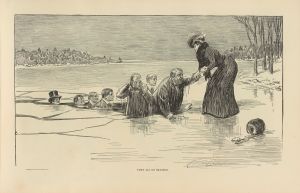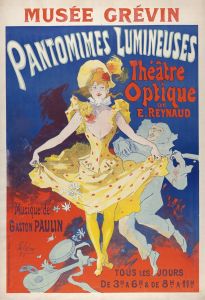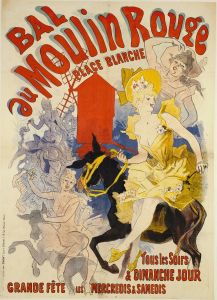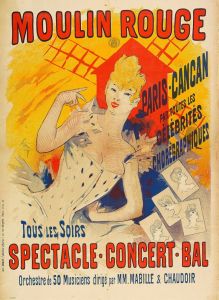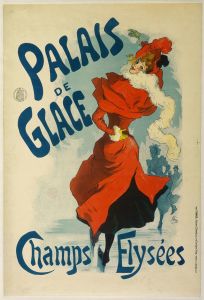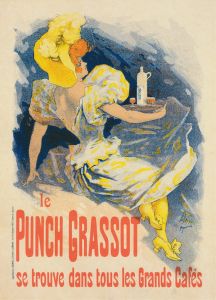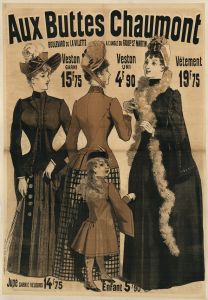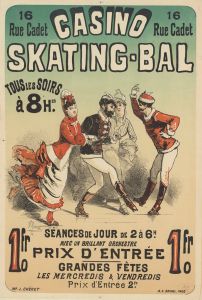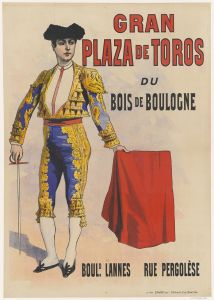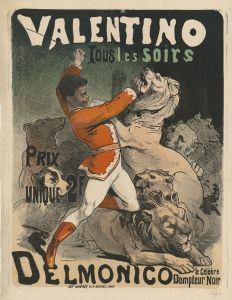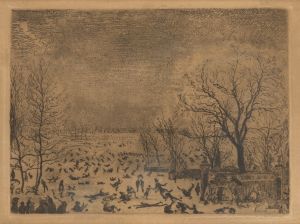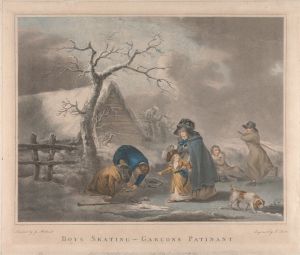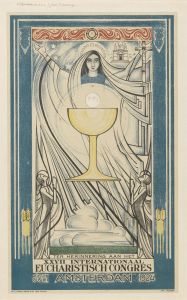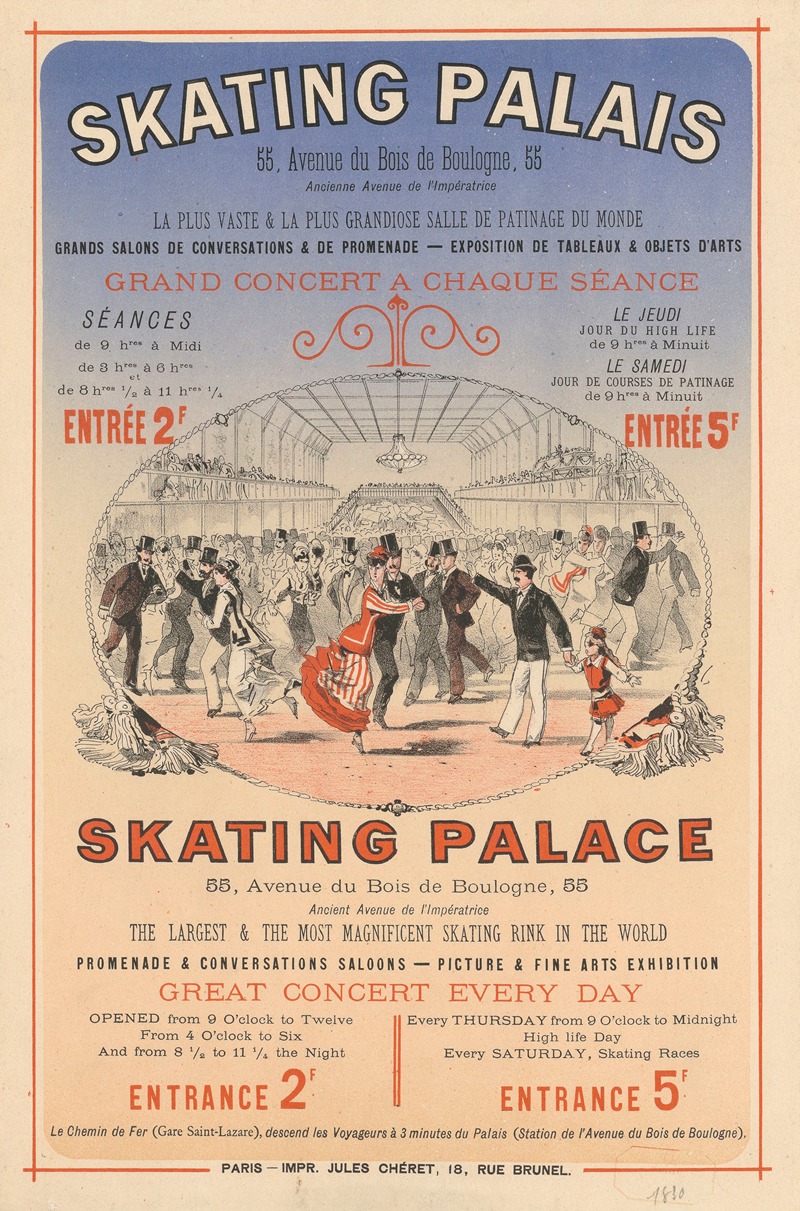
Skating-Palais… 55 Avenue du Bois de Boulogne la plus vaste et la plus grandiose salle de patinage du monde
A hand-painted replica of Jules Chéret’s masterpiece Skating-Palais… 55 Avenue du Bois de Boulogne la plus vaste et la plus grandiose salle de patinage du monde, meticulously crafted by professional artists to capture the true essence of the original. Each piece is created with museum-quality canvas and rare mineral pigments, carefully painted by experienced artists with delicate brushstrokes and rich, layered colors to perfectly recreate the texture of the original artwork. Unlike machine-printed reproductions, this hand-painted version brings the painting to life, infused with the artist’s emotions and skill in every stroke. Whether for personal collection or home decoration, it instantly elevates the artistic atmosphere of any space.
Jules Chéret's artwork Skating-Palais… 55 Avenue du Bois de Boulogne la plus vaste et la plus grandiose salle de patinage du monde is a poster created to advertise the Skating-Palais, a grand ice-skating venue located at 55 Avenue du Bois de Boulogne in Paris, France. The poster, designed in Chéret's signature style, is a vibrant example of late 19th-century French advertising art. It reflects the flourishing popularity of leisure activities and entertainment venues during the Belle Époque period.
Jules Chéret (1836–1932), often referred to as the "father of the modern poster," was a pioneering French artist and lithographer. He is credited with transforming the art of poster-making into a respected form of artistic expression. Chéret's works are characterized by their dynamic compositions, bold use of color, and lively depictions of people enjoying modern urban life. His posters often featured elegant, joyful figures, particularly women, who came to be known as "Chérettes," embodying the spirit of the era.
The Skating-Palais, as promoted in the poster, was described as "the largest and most grandiose skating hall in the world." This claim highlights the venue's ambition to attract both local Parisians and international visitors. Ice skating was a fashionable pastime in the late 19th century, and venues like the Skating-Palais catered to the growing demand for recreational and social spaces in urban settings. The location at Avenue du Bois de Boulogne, now known as Avenue Foch, was a prestigious area in Paris, further emphasizing the luxurious and high-society appeal of the establishment.
The poster itself exemplifies Chéret's mastery of lithography, a printing technique that allowed for the production of colorful, eye-catching advertisements. It likely features a dynamic composition with skaters in motion, surrounded by decorative elements that convey the elegance and excitement of the venue. Chéret's work was instrumental in shaping the visual culture of advertising during this period, and his posters remain celebrated for their artistic and historical significance.
While specific details about the Skating-Palais, such as its architectural design, operational history, or eventual fate, are not widely documented, the poster serves as a historical artifact that provides insight into the leisure culture of Belle Époque Paris. It also underscores the role of advertising art in promoting urban entertainment and shaping public perceptions of modernity and sophistication.





